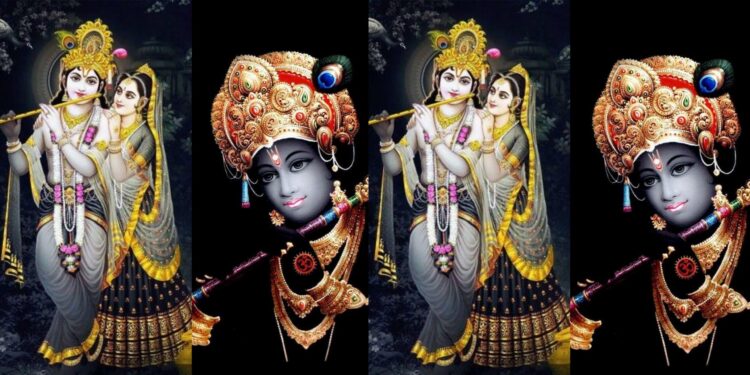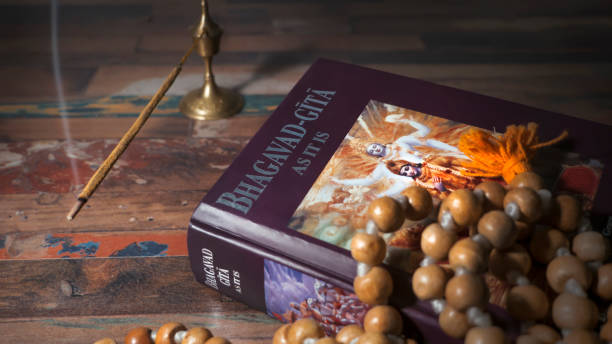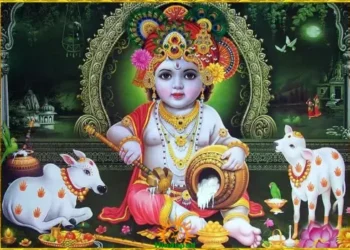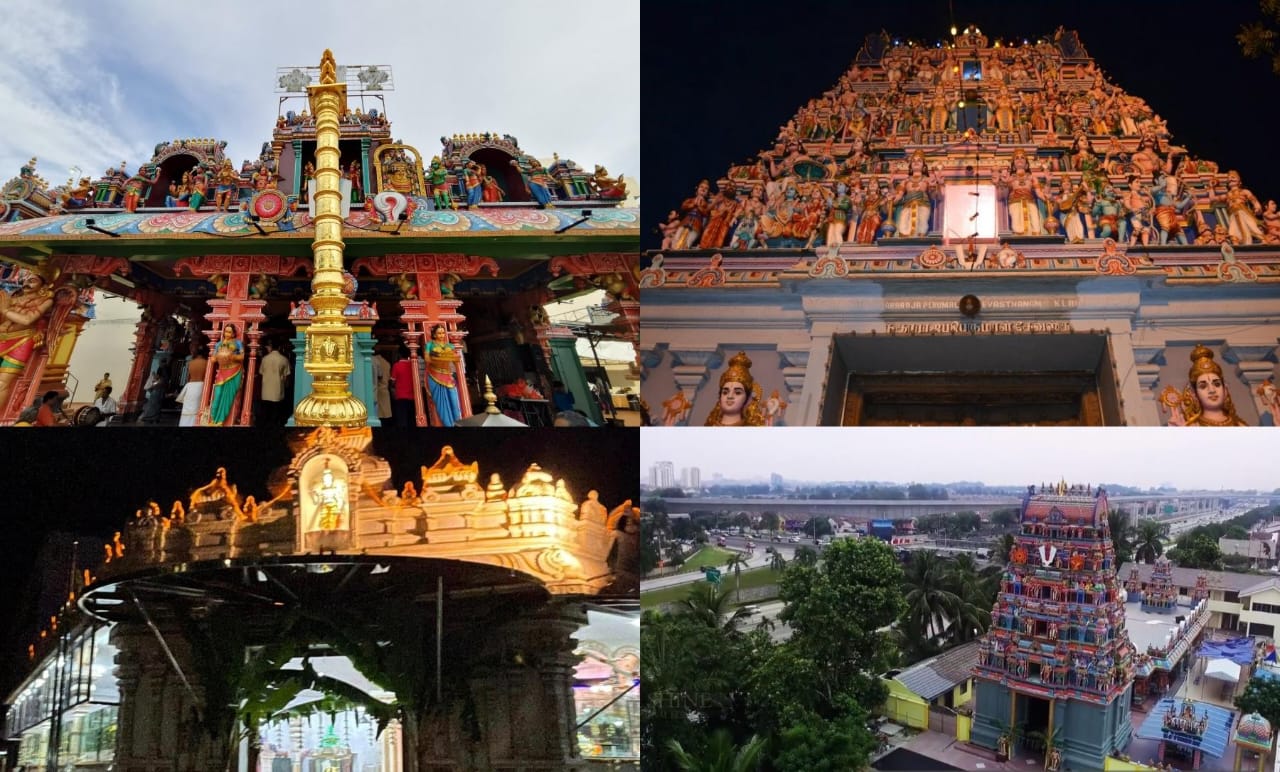One of the most well-known deities in Hinduism is Lord Krishna. In various Hindu traditions and from many diverse viewpoints, Krishna is revered as the ultimate divinity. The eighth manifestation (avatar) of Lord Vishnu, who is also considered to be the ultimate god in his own right and the same as Lord Vishnu, is known as Krishna.
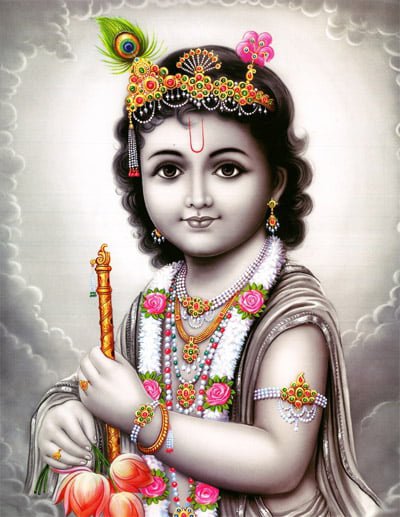
But have you ever wondered;
WHAT IS THIS STANDING POSITION REVERED TO?
This pose is called the ‘Tribhanga’ or ‘Tribunga’ posture of Lord Krishna. One of the most graceful and lovely poses in Indian classical dance is this one.
Tribhanga or Tribunga is a standing body position or stance performed in traditional Indian sculpture, art, and Indian classical dance styles like the Odissi. It is also known as the “tri-bent pose.”
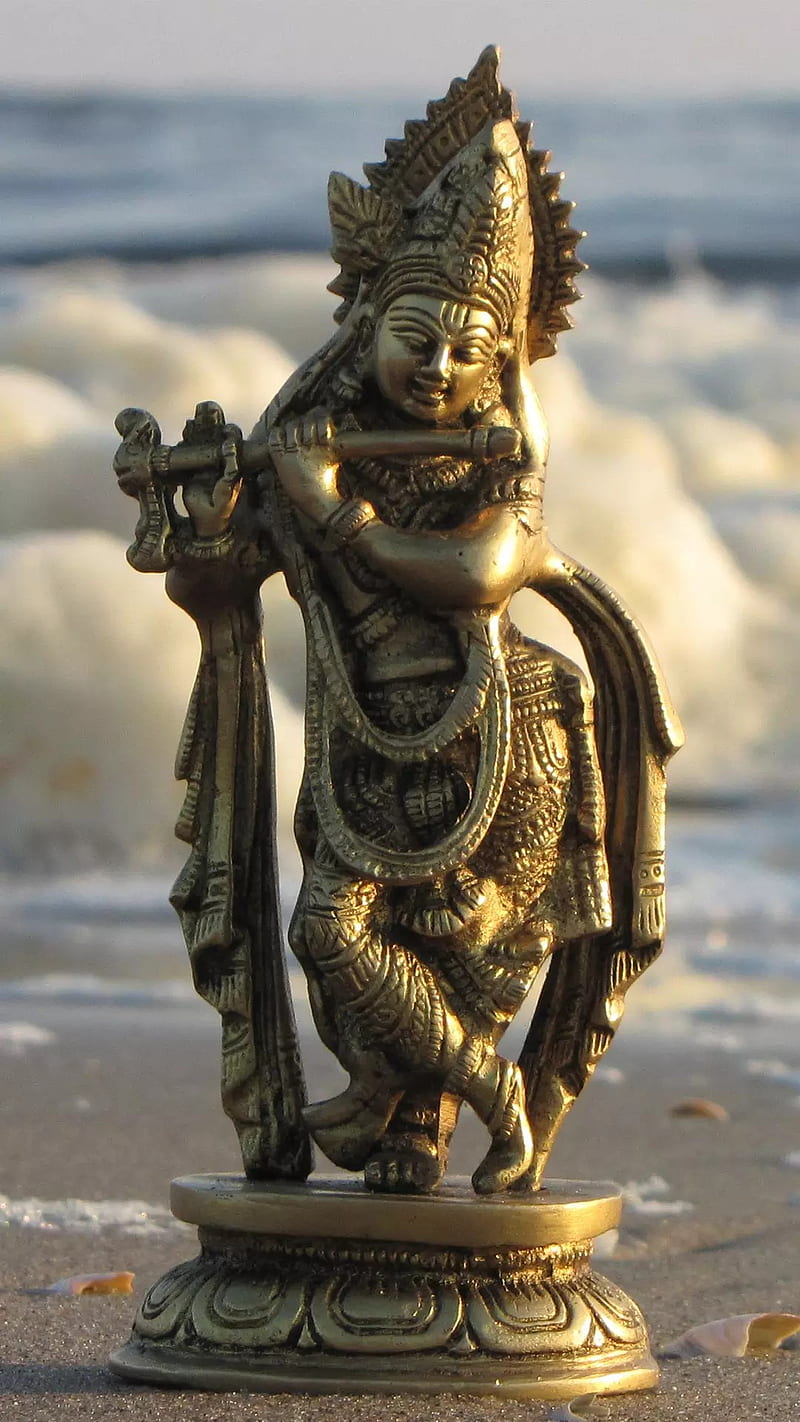
Tribhanga, which translates to “three parts break” in contrast to the contrapposto pose, is made up of three bends in the body —at the neck, waist, and knee. As a result, the body is oppositely curved at the waist and neck, giving it a gentle “S” shape.
EVER QUESTIONED WHY LORD KRISHNA POSITIONED HIMSELF WITH HIS LEGS CROSSED?
The Tribhanga (S shape curve) suggests movement in figures and gives “rhythmic fluidity and youthful energy”. Krishna, who is equated with Vishnu and thus represents balance, remains firmly within the realm of the material to realise spiritual awareness (the right foot).
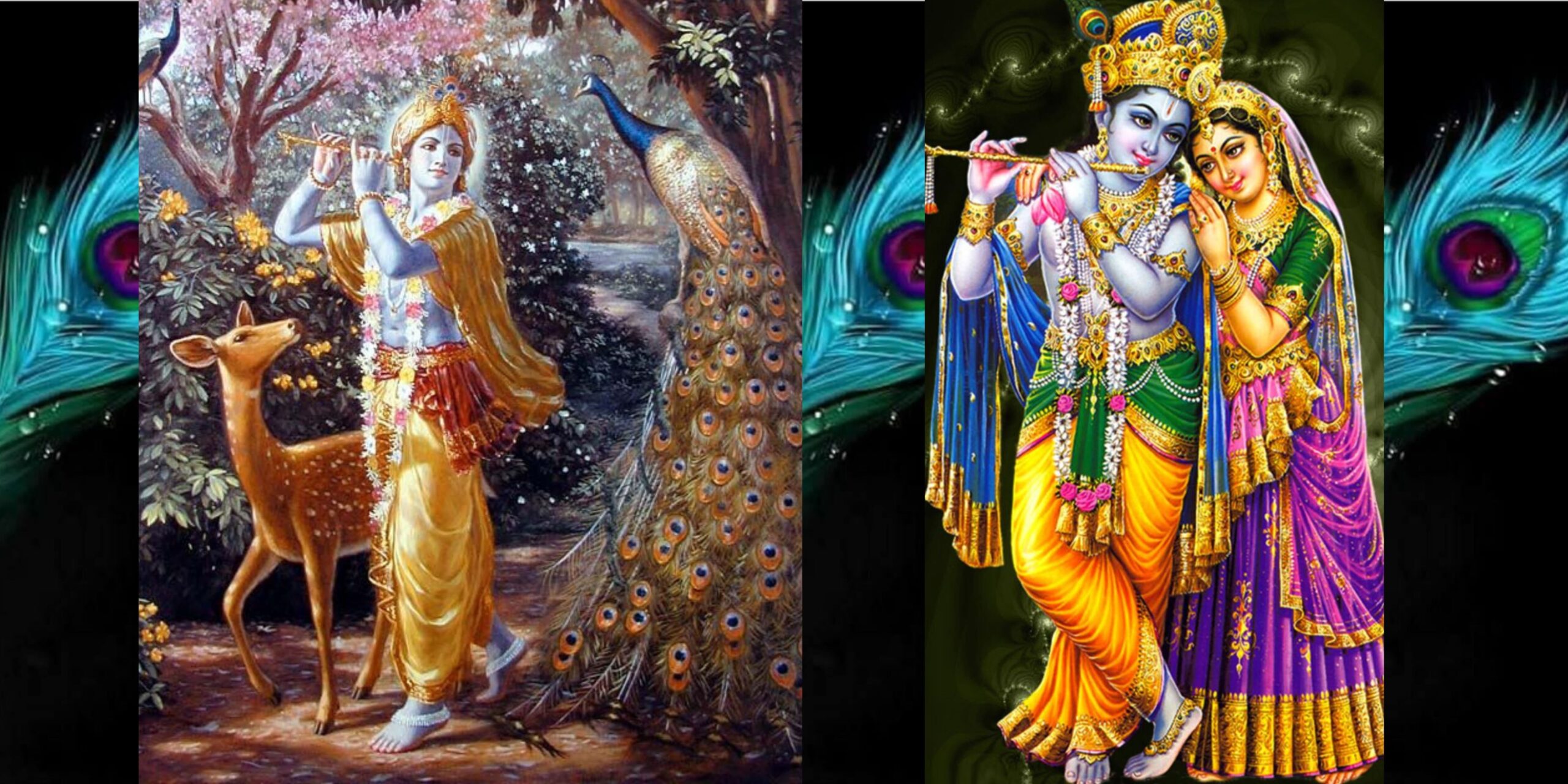
In other words, Krishna can reconcile the material and the spiritual sense he represents Vishnu (balance, nourishment, and preservation). In the tribhanga, the body becomes the spine that makes the posture possible.
With this tribhanga pose full of grace, relaxation and focus ; Krishna charms the hearts of his devotees.
HARE KRISHNA…HARE RAMA!!!!
SOURCE : [1]
Follow us on Instagram, Facebook or Telegram for more updates and breaking news.


